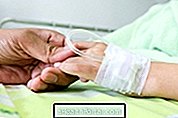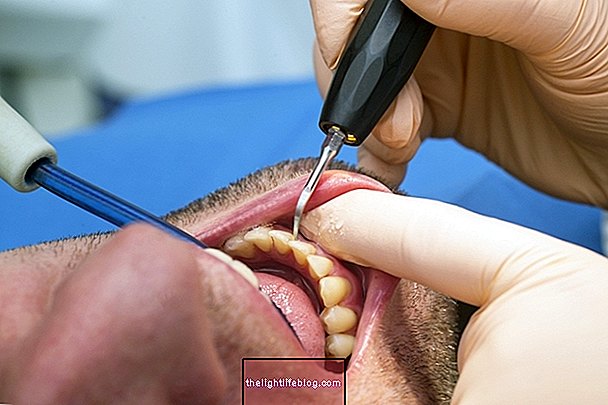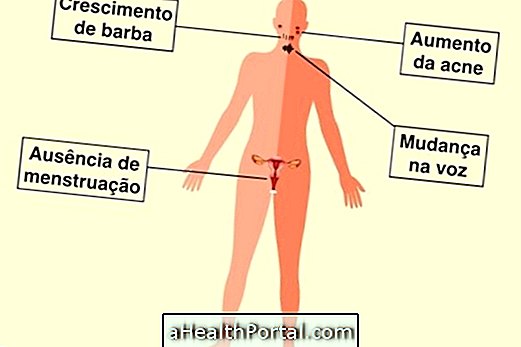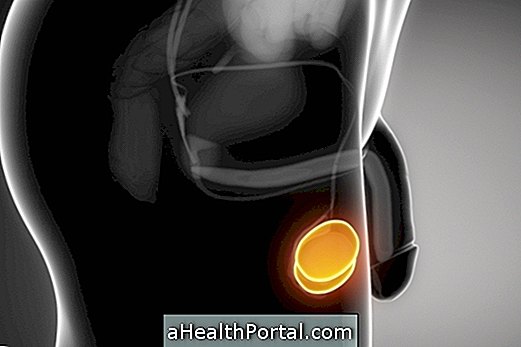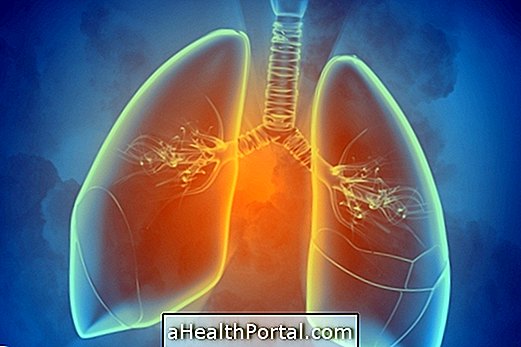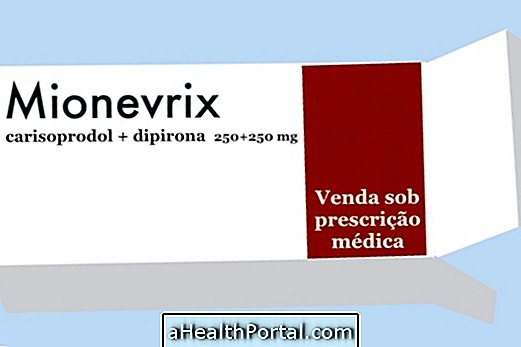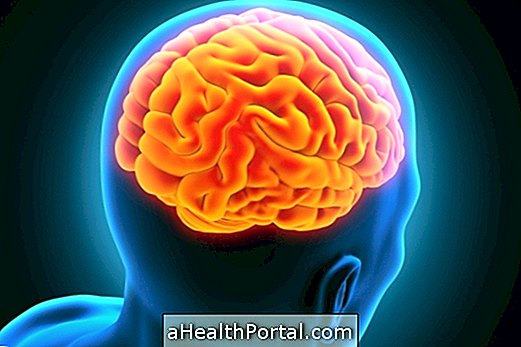Brugada syndrome is a rare and hereditary heart disease characterized by changes in heart activity that can cause symptoms such as dizziness, fainting and difficulty breathing, and cause sudden death in the most severe cases. This syndrome is more common in men and can happen at any time in life.
Brugada syndrome has no cure, however it can be treated according to severity and usually involves the implantation of a cardiodesfibrillator, which is a device responsible for monitoring and correcting heart beats when there is sudden death, for example. Brugada syndrome is identified by the cardiologist through the electrocardiogram, but genetic tests can also be done to check if the person carries the mutation responsible for the disease.
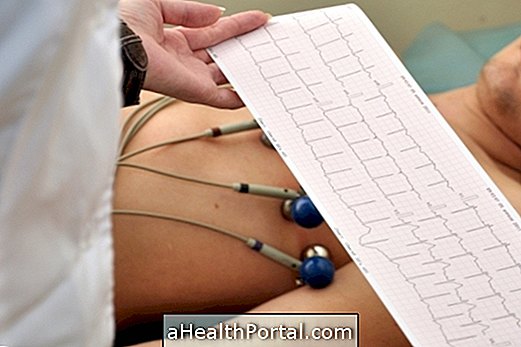
Signals and symptons
Brugada syndrome usually does not show symptoms, however, it is common for the person with this syndrome to have episodes of dizziness, fainting or difficulty breathing. In addition, it is characteristic of this syndrome the occurrence of a severe arrhythmia, in which the heart can beat slower, out of rhythm or faster, which usually happens. If this situation is not addressed, it can lead to sudden death, which is a condition characterized by a lack of blood pumping into the body, leading to fainting and lack of pulse and breathing. See what are the top 4 causes of sudden death.
How to identify
Brugada syndrome is more common in adult men, but it can happen at any time in life and can be identified through:
- Electrocardiogram (ECG), in which the doctor will evaluate the electrical activity of the heart by means of the interpretation of graphs generated by the device, being able to be verified the rhythm and the amount of heart beats. Brugada syndrome has three profiles on the ECG, but there is a more frequent profile that may close the diagnosis of this syndrome. Understand what is and how the electrocardiogram is done.
- Stimulation by medications, in which there is the use by the patient of a medicine capable of altering the activity of the heart, which can be perceived through the electrocardiogram. Usually the medicine used by the cardiologist is Ajmaline.
- Genetic testing or counseling, because it is a hereditary disease, it is very likely that the mutation responsible for the syndrome is present in the DNA and can be identified by means of specific molecular tests. In addition, genetic counseling can be done, in which the chance of developing the disease is verified. See what genetic counseling is for.
Brugada syndrome has no cure, is a genetic and hereditary condition, but there are ways to prevent it, such as avoiding the use of alcohol and drugs that can lead to arrhythmia, for example.
How is the treatment done?
When a person is at high risk of sudden death, the doctor usually recommends placing an implantable cardioverter defibrillator (ICD), which is a device implanted under the skin responsible for monitoring heart rhythms and stimulating cardiac activity when it is impaired.
In milder cases, where the chance of sudden death is low, the physician may be advised to use medications, such as quinidine, which works to block some vessels in the heart and decrease the number of contractions, and is useful for the treatment of arrhythmias, for example.




